Introduction
If you’re struggling with your angurium plant, you’re not alone. Many plant lovers unknowingly make mistakes. Here’s how to avoid angurium mistakes and help your plant flourish.
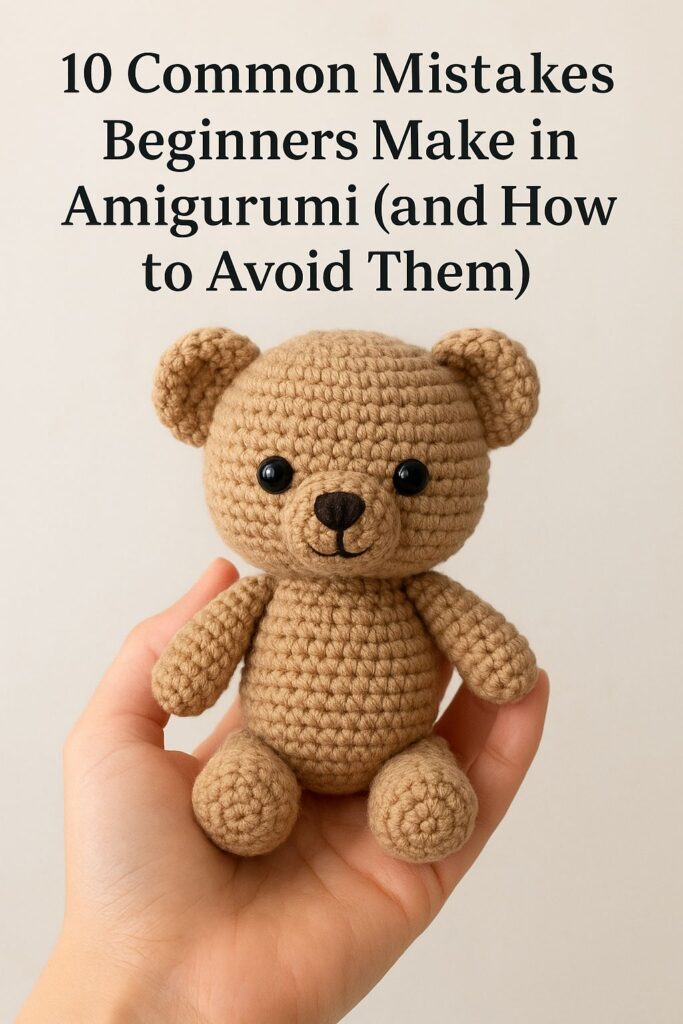
Amigurumi has become one of the most popular crochet trends worldwide. These cute, handmade stuffed toys are not only fun to make but also bring joy as personalized gifts. However, many beginners struggle at first and make common mistakes that lead to frustration. The good news is that most of these errors are easy to avoid once you know them.
In this guide, we will explore the 10 most common mistakes beginners make in amigurumi and share practical solutions to help you improve your crochet skills and enjoy the process.
⸻
1. Choosing the Wrong Yarn
One of the first mistakes is picking yarn that is too fluffy, stretchy, or hard to control. Beginners often choose yarn just because it looks cute, but not all yarns are suitable for amigurumi.
Tip: Use 100% cotton or cotton blend yarns. They hold stitches firmly, create neat shapes, and are perfect for small toys. Avoid fuzzy yarn until you have more experience.
⸻
2. Using the Wrong Hook Size
If your hook is too big, your stitches will be loose, and stuffing will show through. If it’s too small, the fabric will be too tight and hard to work with.
Tip: Always use a hook that is slightly smaller than recommended for the yarn. This ensures tight, neat stitches. For most cotton yarns, a 2.0mm–3.0mm hook works best.
⸻
3. Forgetting to Use a Stitch Marker
Many beginners lose track of their rounds, which leads to uneven shapes. Amigurumi is worked in continuous spirals, so it’s easy to miss where the round starts.
Tip: Use a stitch marker or even a scrap piece of yarn to mark the beginning of each round. This will keep your work even and professional-looking.
⸻
4. Stuffing Too Much or Too Little
Stuffing is crucial for the final look. Too much stuffing stretches the stitches and makes the toy look stiff. Too little stuffing makes it floppy.
Tip: Add stuffing gradually in small amounts. Use a chopstick or your hook handle to push stuffing into tight areas like arms or legs.
⸻
5. Ignoring Tension Control
Uneven tension leads to lumpy shapes and inconsistent stitches. Beginners often pull the yarn too tightly or leave it too loose.
Tip: Practice keeping your yarn tension steady. Relax your hands and try crocheting a few practice swatches before starting a project.
⸻
6. Skipping the Magic Ring
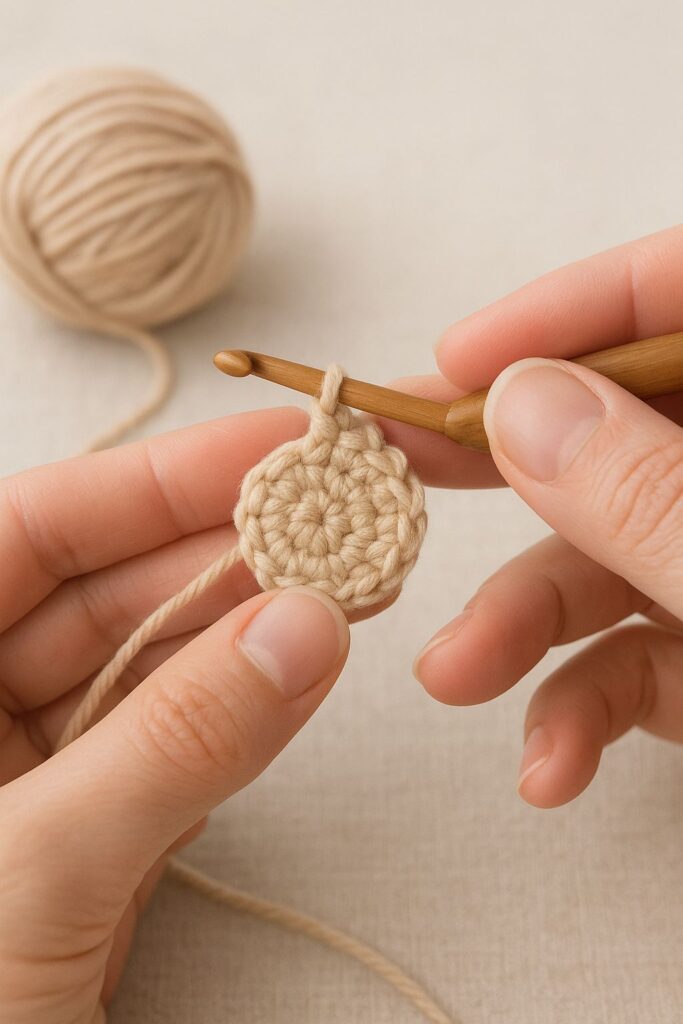
Some beginners avoid the magic ring (magic circle) because it feels tricky, and they start with chains instead. This creates a hole in the center of the toy.
Tip: Learn the magic ring! It’s the best way to start an amigurumi piece. If it feels hard at first, practice several times—it will quickly become natural.
⸻
7. Not Counting Stitches Correctly
Losing or adding stitches accidentally will ruin the shape of your amigurumi. Beginners sometimes don’t realize they’ve miscounted until it’s too late.
Tip: Count stitches at the end of each round. Many patterns also include stitch counts—double-check them regularly.
⸻
8. Neglecting Finishing Touches
Even if your stitches are perfect, poor finishing can make your toy look unpolished. Common issues include messy seams, loose yarn ends, or uneven embroidery.
Tip: Weave in ends securely, use invisible decreases, and take your time with embroidery details like eyes and smiles. Small details make a big difference.
⸻
9. Using Safety Eyes Incorrectly
Safety eyes are cute, but beginners sometimes attach them too loosely, making them unsafe for children. Others place them unevenly, changing the toy’s expression.
Tip: Always attach safety eyes before stuffing the head. Measure placement carefully to ensure symmetry. For baby toys, consider embroidering eyes instead for safety.
⸻
10. Expecting Perfection Too Soon
Perhaps the biggest mistake is being too hard on yourself. Beginners often compare their first toy with experienced crocheters’ work and feel disappointed.
Tip: Remember, amigurumi is a skill. Each project will improve your stitches, tension, and finishing. Embrace imperfections as part of your learning journey!
⸻
Conclusion
Amigurumi may seem challenging at first, but with practice and patience, anyone can master it. By avoiding these 10 common mistakes, you’ll save time, reduce frustration, and create toys you’re proud of.
Whether you’re making a small keychain or a big cuddly plush, the key is to enjoy the process and let your creativity shine.
⸻
Frequently Asked Questions (FAQ)
Q1: What yarn is best for amigurumi beginners?
A: 100% cotton yarn is the most recommended because it holds stitches firmly and gives a neat finish.
Q2: Why does my stuffing show through the stitches?
A: This usually happens when your hook is too large or stitches are too loose. Try using a smaller hook.
Q3: Do I really need to use a magic ring?
A: Yes! The magic ring avoids leaving a hole in the center of your amigurumi and gives a professional finish.
Q4: How do I make my amigurumi look smooth?
A: Keep your tension consistent, stuff gradually, and always count stitches carefully.
Q5: How long does it take to get good at amigurumi?
A: It varies by person, but most beginners see big improvement after completing 3–5 small projects.
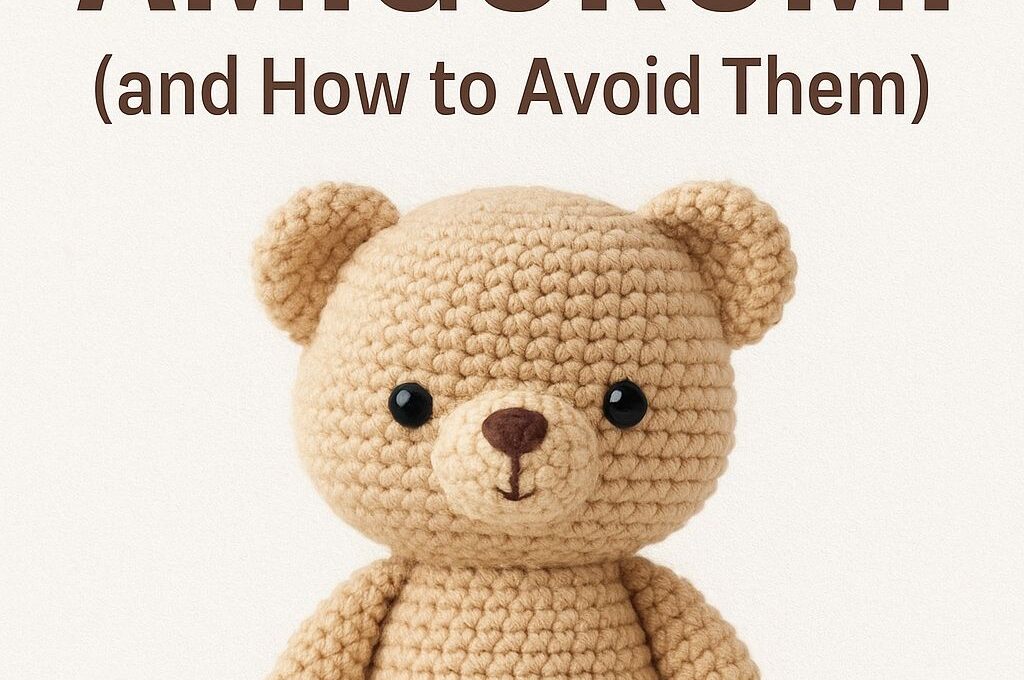
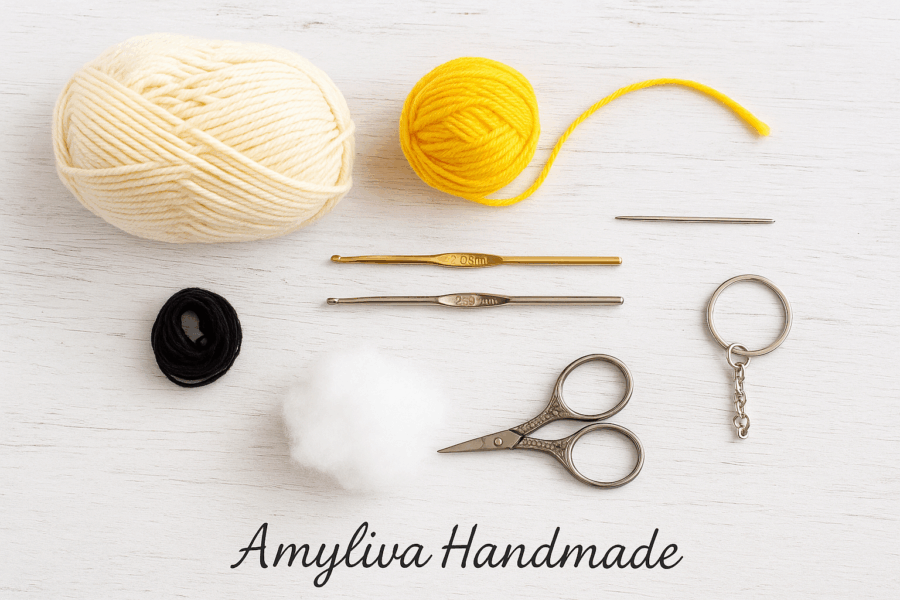
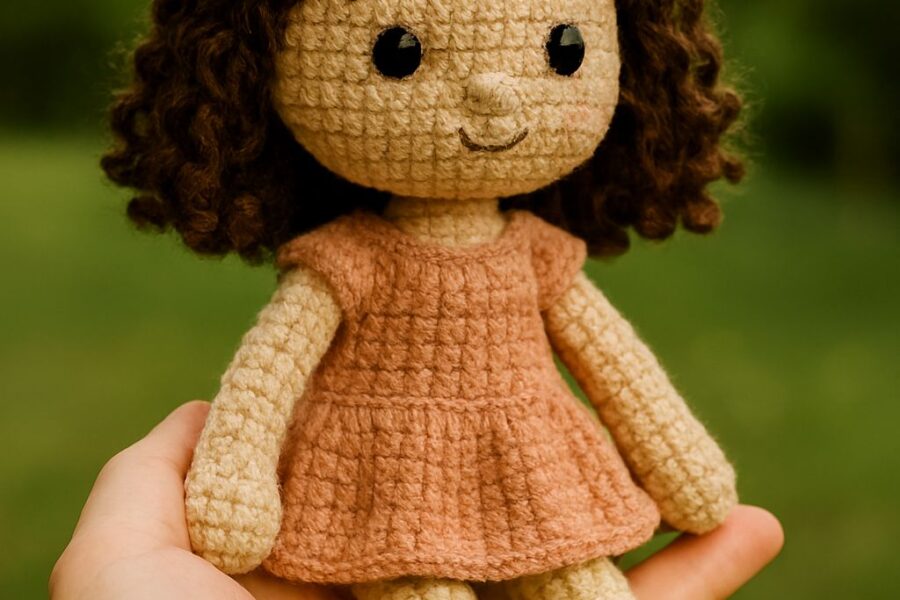
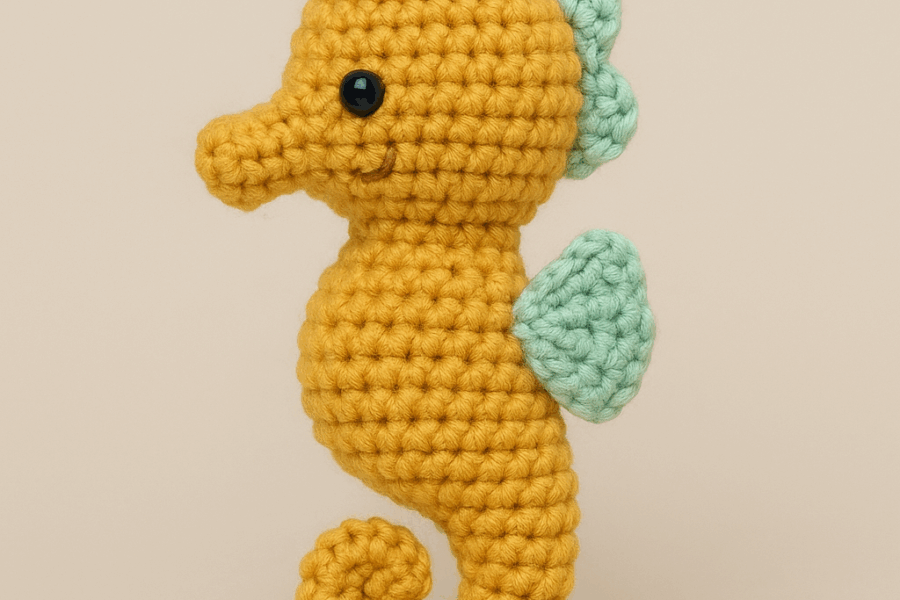
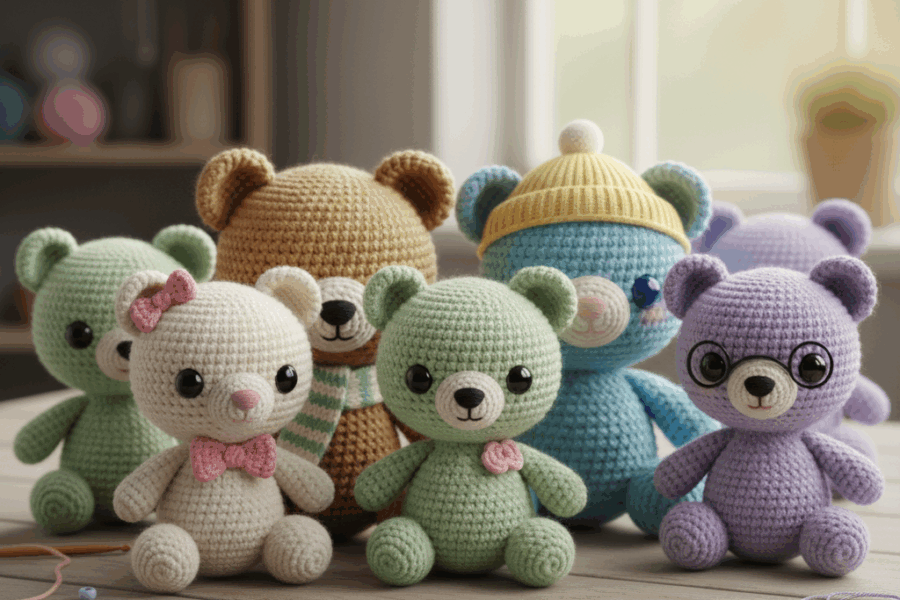
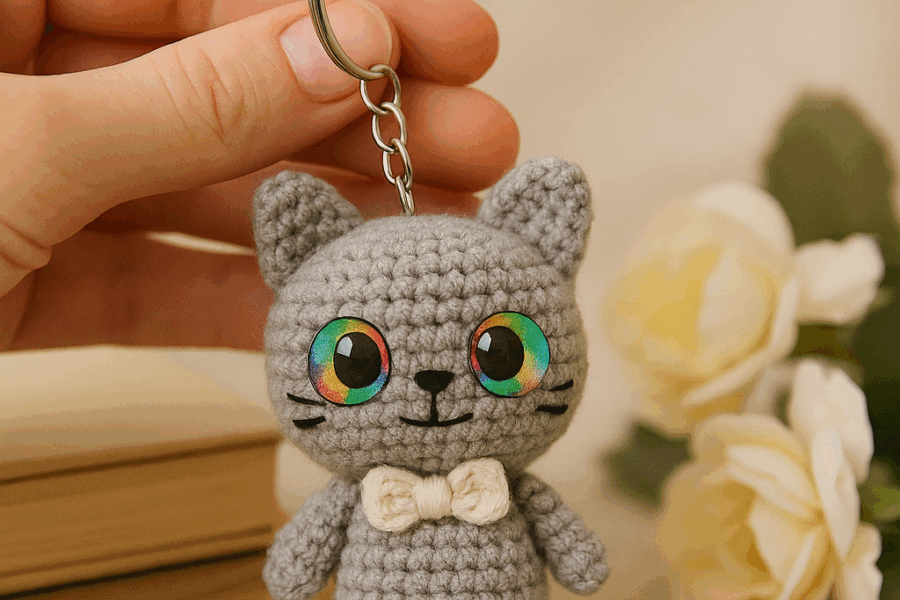
Leave a Comment